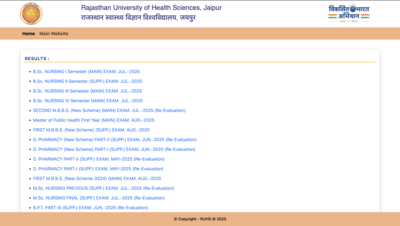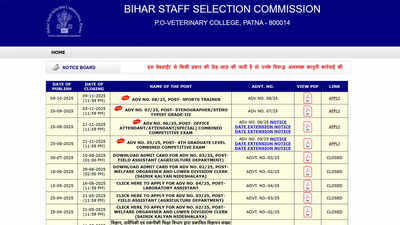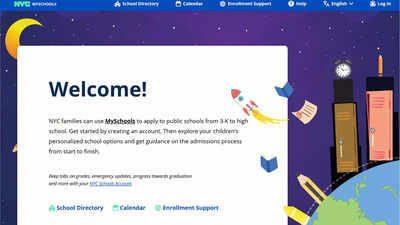From Dallas to Alaska: These US school districts could face severe staffing gaps with new H-1B fee

The landscape of US public education has long relied on a mix of local and international educators to meet the diverse needs of students. In many districts, finding qualified teachers in subjects like science, mathematics, special education, and bilingual instruction has remained a persistent challenge. For years, H-1B visa teachers have filled critical gaps, bringing experience, advanced degrees, and specialised skills that are often in short supply domestically. These educators serve both large urban districts and small, remote communities where recruiting local teachers can be difficult.The new H-1B policy announced by US President Donald Trump threatens to disrupt this system. The proposed $100,000 fee for fresh H-1B visa applicants has raised alarm among school leaders, particularly in districts that depend on international teachers to maintain staffing and continuity, reports K-12 Dive. Beyond the immediate financial burden, experts warn that the fee could have far-reaching consequences for students, curriculum offerings, and the overall quality of education. As the country grapples with teacher shortages and growing demand for specialised instruction, the fate of H-1B educators has become a key issue in shaping the future of American classrooms.
Who H-1B teachers are and why they matter
According to National Education Association data derived by K-12 Dive, more than 500 public school districts employed over 2,300 H-1B teachers in 2025. That is a small fraction of the 3.2 million full-time public school teachers nationwide, but the roles they occupy are often critical. Many H-1B teachers hold advanced degrees and several years of prior teaching experience. They often teach subjects where local recruitment is difficult. In science, mathematics, and special education, they provide skills that districts struggle to find locally. Bilingual educators on H-1B visas also serve communities where English is not the first language for many students.
Cities and remote districts share the need
The NEA data highlights that H-1B teachers work in both large urban districts and remote rural communities, filling positions that are often difficult to staff. In major cities, Dallas Independent School District employed 157 H-1B teachers, Savannah-Chatham County Public Schools in Georgia had 79, Washington D.C. schools counted 62, and New York City employed 56. At the same time, rural districts depend on international teachers to maintain staffing levels. In Alaska, the Bering Strait School District had 35 H-1B teachers, and Lower Kuskokwim School District employed 20. In these smaller communities, H-1B teachers often stay for multiple years and become integrated members of the community, providing continuity and expertise where local recruitment and teacher retention have historically been a challenge.
States that depend on international educators
Texas, North Carolina, and California have the highest numbers of H-1B teachers, according to K-12 Dive. Alaska, Arizona, Georgia, and Minnesota also employ significant numbers. Many of these states face persistent shortages in STEM and special education, making international teachers a crucial part of their staffing strategies. In some districts, H-1B teachers fill nearly all openings in hard-to-staff roles, which allows schools to maintain curriculum standards and meet student needs.
The impact of the $100,000 fee
K-12 Dive reports that district administrators have raised concerns that the new fee could make hiring H-1B teachers impossible. Current sponsorship costs range from $3,000 to $20,000 per teacher, not including the new fee. Rural districts and remote communities could face serious staffing gaps. The National Education Association and other organizations, including teacher unions and religious groups, have filed lawsuits challenging the fee. They argue that the cost could worsen teacher shortages and create inequities in education.District leaders point out that losing access to H-1B teachers could force schools to combine classes, reduce course offerings, or hire less experienced staff for specialised subjects. The disruption could affect student learning outcomes and long-term district planning.
What the future could look like
The debate over H-1B teachers highlights a broader challenge for U.S. education. Schools need skilled and diverse educators, and international teachers are a key part of that workforce. If districts cannot afford to hire them, students may see gaps in science, math, special education, and bilingual programs. Urban schools could struggle to fill specialised positions, while rural schools may face entire subjects left without qualified teachers.As the legal and policy discussions continue, districts will have to weigh options carefully. The outcome could influence the availability of teachers, the quality of instruction, and the equity of educational opportunities across the United States.






